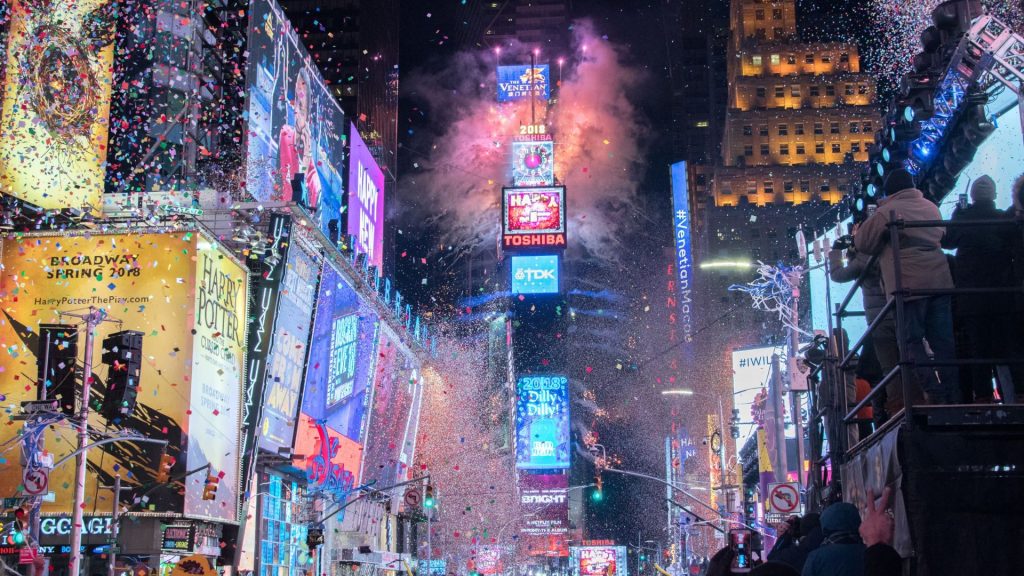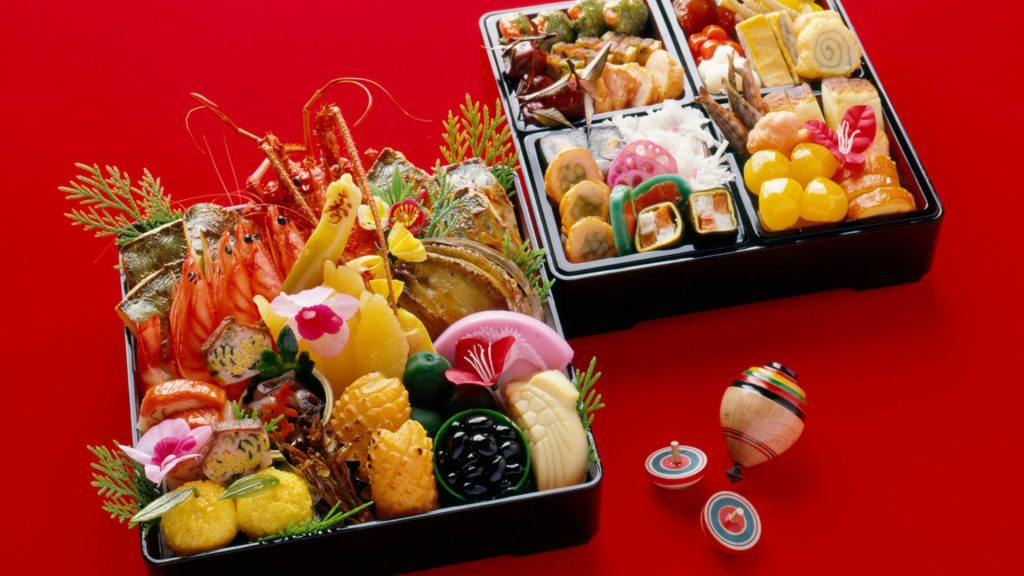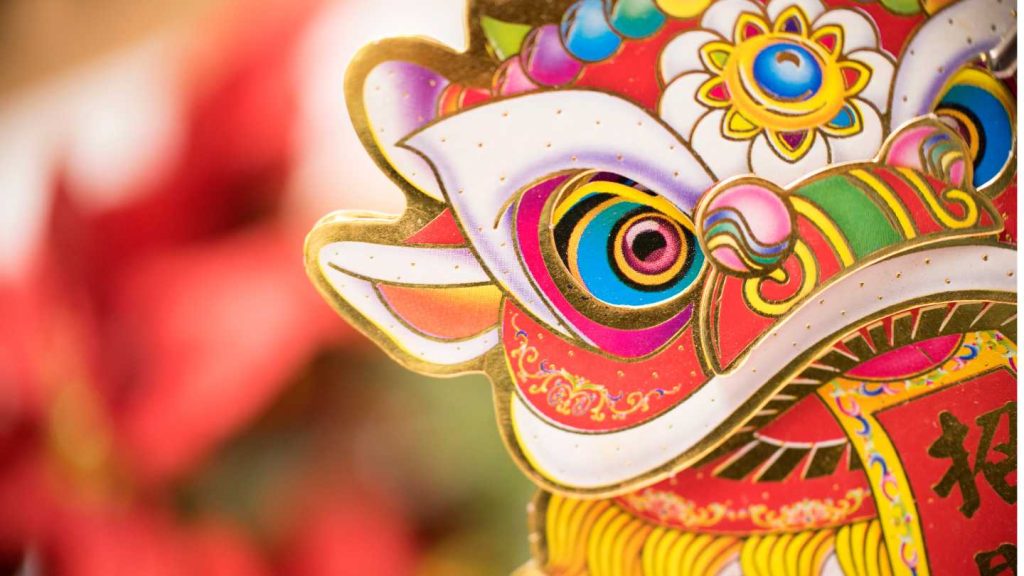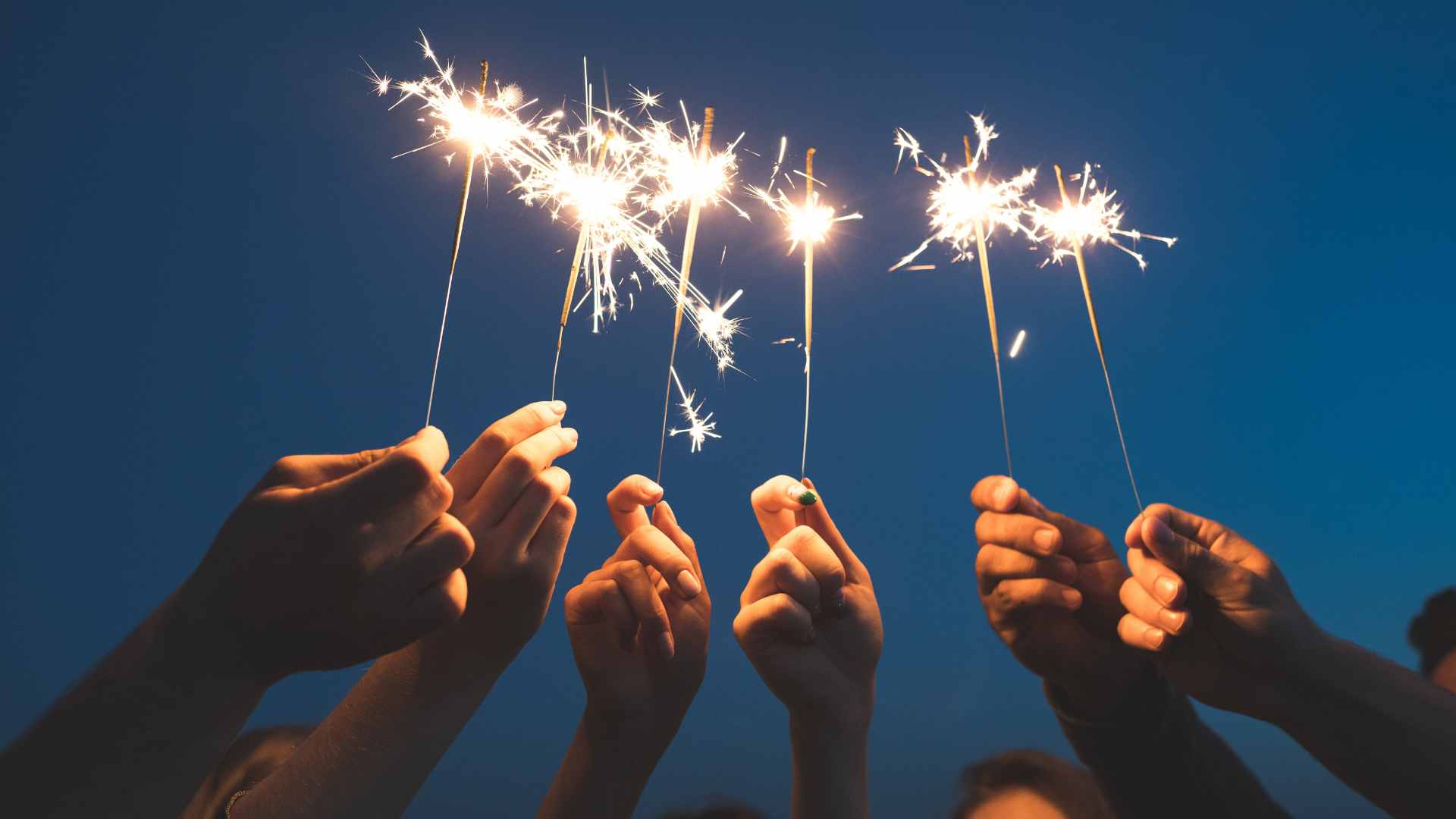Author: Rajasree Datta (Community Ambassador).
Across the globe, people celebrate the New Year in a multitude of ways, each reflecting unique cultures, traditions, and customs. It signifies the beginning of a new era filled with hope, marking both a fresh start and the opportunity for personal goals to be fulfilled. Whether it is the start of a new year, the achievement of personal milestones, or simply a shift in perspective, this time of the year brings renewed optimism and joy. It’s a chance to leave behind what no longer serves us and embrace new opportunities with enthusiasm.
Celebrating the New Year with new clothes is a cherished memory of mine. In India, we celebrated the New Year with fireworks, traditional food, and greeting cards for friends and family. It wasn’t just about wearing new clothes; it represented a fresh start—a clean slate for the year ahead. This occasion often nurtured a sense of family togetherness, as well as community spirit, with people of all ages gathering to celebrate the arrival of a new year. The laughter, warmth, and joy of the event made the act of wearing new clothes even more meaningful, creating a moment to embrace the optimism that a new year brings.
Similar sentiments resonate in celebrations around the world. In many countries, fireworks are a central part of the celebration, lighting up the sky as the clock strikes midnight. In the USA, the Times Square Ball Drop in New York City is a famous New Year’s Eve event where a giant crystal ball descends at midnight at the start of the New Year.
In Spain, a popular tradition known as “Las Doce Uvas de la Suerte” involves eating 12 grapes at midnight, one for each stroke of the clock, symbolizing good luck for each month of the upcoming year.


In Japan, New Year’s (Shogatsu) is a time for family gatherings, visits to shrines, and special foods like osechi-ryori. Osechi-ryori is a traditional Japanese meal served during the New Year’s celebration, consisting of symbolic dishes arranged in multi-layered lacquer boxes known as ojubako.
Families typically share one ojubako on New Year’s Day, with the layered boxes representing the wish for ongoing happiness and prosperity. The theme during this period is welcoming the new year with peace and renewal.
In some Latin American countries like Ecuador and Columbia, it is a tradition to create ‘Año Viejo’ effigies, which are then burned to symbolize a fresh start. In Brazil, New Year’s Eve is celebrated with beach parties, samba music and fireworks. As part of the celebrations, many people in Brazil wear white clothing, a tradition believed to bring good luck and peace for the year ahead. In some parts of North America, people take a frigid dip in lakes or oceans on New Year’s Day as a fun way to start the year. In various cultures, people eat special foods to bring good luck.
The New Year is celebrated around the world at various times and under different names, including Chinese New Year, Hindu New Year, Rosh Hashanah, and Nowruz. Each celebration features its own unique customs, feasts, and family traditions, all designed to honor the past and embrace the future.
While these celebrations differ in their specific practices, they share a common theme: the joy of welcoming new beginnings and the anticipation of prosperity and good fortune. This time of year offers a wonderful opportunity for reflection, spending quality time with loved ones, and expressing hope for what the coming year will bring.

As we celebrate our unique traditions, we invite you to reflect on your own customs. Do you have special ways of welcoming the New Year with your friends, family, or even pets? Perhaps you’ve created a unique celebration that adds a personal touch to this time of year. Be it munching 12 grapes under the table, or doing a funny dance with your family to welcome the New Year, whatever your New Year’s ritual, we hope this New Year’s celebrations bring with it new beginnings, opportunities and growth to us all!




